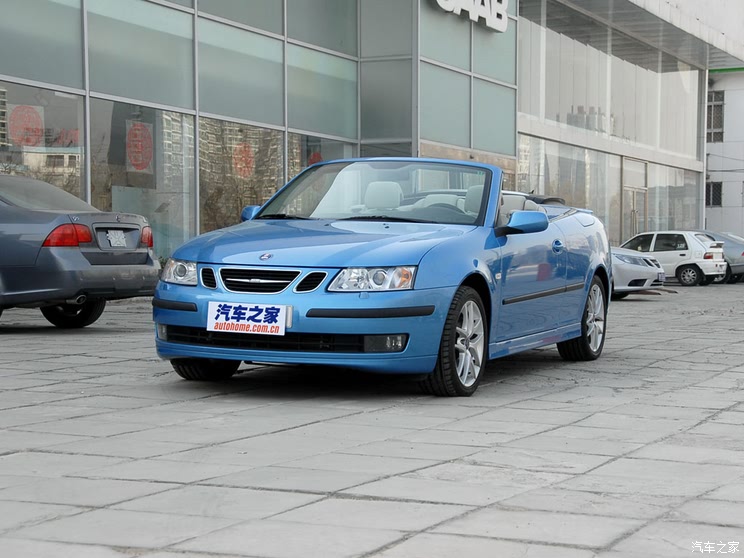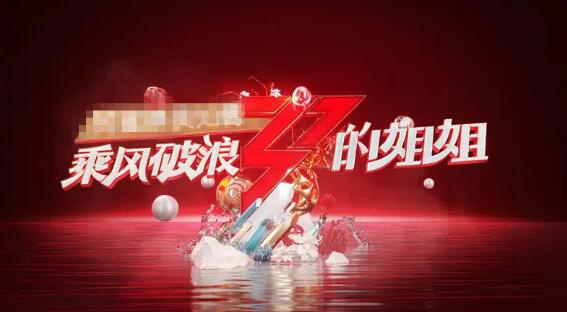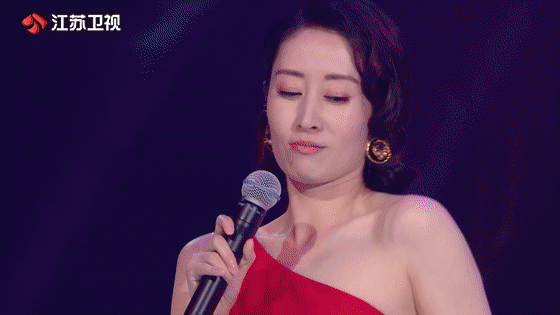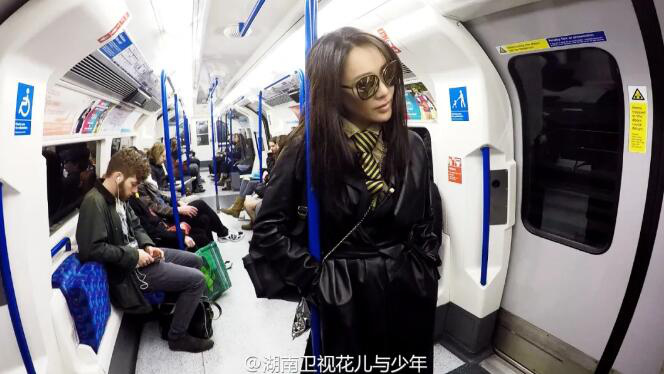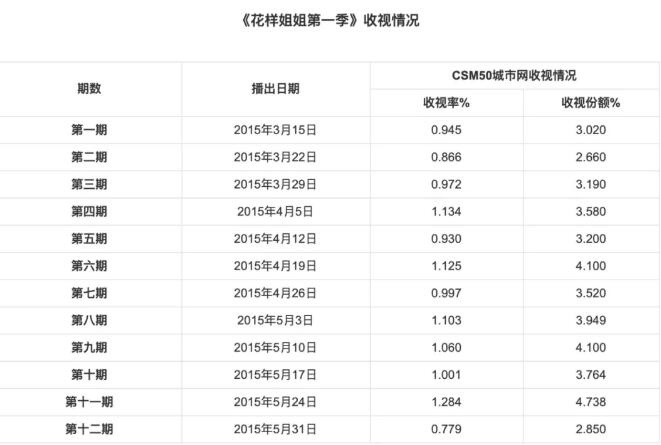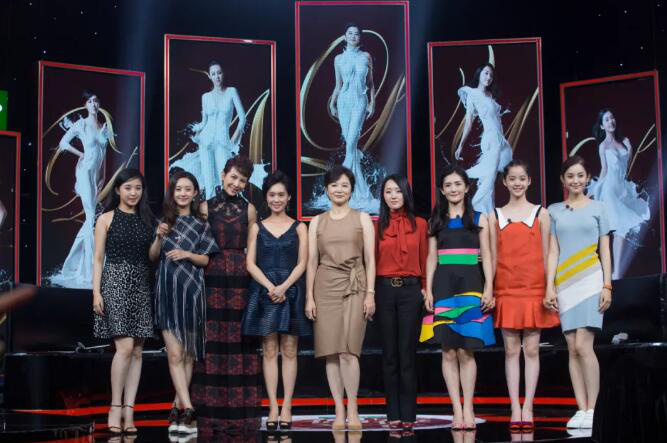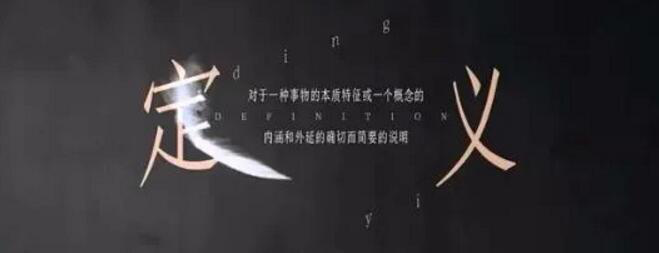2. Follow-up investigation of Longgang Town, the first farmer city in China —— from "big problem of small town" to "big problem of small city" ?
(Author: Xu Zhenyu; Li Renqing; He Ningshan; Du Wenxiao; Sun Zhen, author: Nanjing Audit University; China Academy of Social Sciences; Central University of Finance and Economics)?
3. "Hummingbird" hovering between urban and rural areas —— A survey report on the group of urban courier brothers?
(Author: Lian Si; Huang Xiaodong; Feng Dan; Zhou Yuxiang; Wang Yixuan; Huang Fan; Cao Wei; Mars, author: university of international business and economics; National Federation of Trade Unions Information Center; Beijing Institute of Economic and Social Development; China Youth Research Center; Tsinghua University Institute of Social Sciences; School of Social and Population Studies; Renmin University of China; University of international business and economics)?
4. Investigation and development suggestions of home smart pension in Yangtze River Delta region?
(Author: Ma Jiqian; Yan Jin; Wang Lingping, Author: Qu Qiubai School of Government Administration, Changzhou University)?
5. From Embedding to Coupling: Power Structure Reform of Rural Governance from the Perspective of Precision Poverty Alleviation —— An Empirical Study from X Village, S City, Yunnan Province?
(Author: Wang Dianxi; Chen Fujun, author: China University of Political Science and Law)?
?
the second prize
1. Authorized negotiation: the governance logic and contemporary value of traditional rural contradictions and disputes —— Taking Yujiaqiao village in western Hubei as an example.?
(Author: Li Huayin, author: China Rural Research Institute of Central China Normal University)?
2. "If you don’t work overtime, you won’t survive": the labor ecology of Internet knowledge workers —— A qualitative study on Internet UI designers?
(Author: Hou Hui; He Xuesong, author: Department of Sociology, School of Politics and Society, Hangzhou Normal University; East China University of Science and Technology School of Social and Public Administration)?
3. The flow of life gifts: from the decision of organ donation to the acceptance of organ transplantation.?
(Author: Bloomberg; Jiang Jipin; Zeng mengjun; Wang Xinqiang; Wang Ping; Pan Qingshan, author: Yangtze University Law School)?
4. Culture is the soul: the protection and development of ancient cities and villages from the perspective of historical documents such as fish scale atlas-centered on Jinhua area?
(Author: Yu Chenglin, author: College of Humanities, Zhejiang Normal University)?
5. Labor under "Digital Management": Research on Labor Management of Platform Economy —— Taking the management of "Hungry" takeaway riders in Zhongguancun, Beijing as an example.?
(Author: Chen Long, author: Department of Sociology, Peking University)?
6. Who is defending the vegetable basket in Beishangguang? -Husband and wife productivity of vegetable farmers in the eastern suburbs of China.?
(Author: Huang Zhihui; Luo Hui; Tao Hui, author: School of Ethnology and Sociology, Minzu University of China; School of Management, Minzu University of China)?
7. Profit-seeking petition under the territorial responsibility system: generation mechanism and governance logic?
(Author: Zheng Yongjun, author: China Rural Research Institute of Central China Normal University, Advanced Institute of Political Science)?
8. The Spear of Capital and the Shield of Labor —— A Study on the Localization Model of Emotional Labor of Political Work in China?
(Author: Liang Meng; Li Kunxi; Feng Xue, author: Beijing Jianzhu University)?
9. Ferry Bells —— Based on the survey of informal waste recyclers in Shanghai?
(Author: Ding Zhiwen, author: School of Social Studies, Shanghai University)?
10. Exploration on the Path of Capable People Returning to their Hometown, Villagers’ Shareholding and beautiful countryside Construction —— Based on the Investigation of Lincun Village in Central Hubei Province.?
(Author: Jian Feng, author: School of Social Studies, Huazhong University of Science and Technology)?
?
third prize
1. Challenges and solutions: a grass-roots survey of rural debt?
(Author: Gao Ming; Song Hongyuan, author: Rural Economic Research Center, Ministry of Agriculture and Rural Affairs)?
2. "Separated Community": An ethnographic study on the social media use of online car drivers.?
(Author: Li Sha, author: School of Marxism, Xi ‘an Jiaotong University)?
3. Field survey of 480 villages in 13 provinces in China’s rural human settlements construction?
(Author: Zhang Li; He Lian, author: Tongji University)?
4. Sanhe besieged city: the living conditions of the informal employment groups of the new generation of migrant workers-based on a field survey in the surrounding areas of Sanhe talent market in Shenzhen?
(Author: Yao Jinxin; Zhan Luming; Yang Songtao, author: School of History and Society, Anhui Normal University)?
5. Social quality, structural elements and village governance —— A case narrative from D village?
(Author: Zhan Guohui, author: School of Public Administration, Nanjing University of Finance and Economics)?
6. Spatio-temporal sociological analysis of new urbanization —— Taking the phenomenon of "renting a foreign land" as an example.?
(Author: Wu Hailin; Lu Bingzhe, author: School of Philosophy and Social Sciences, Jilin University; Peking University Department of Sociology)?
7. Reflection on "Grassroots Fatigue": Operation, Dilemma and Countermeasures of Precision Poverty Alleviation System?
(Author: Zhang Shunjie; Zhang Hengyu, author: School of Social Studies, Nanjing University)?
8. Bride price and buying a house: the micro-mechanism of the change of marriage payment?
(Author: Yu Penghan, author: Department of Sociology, Peking University)?
9. The Light of Shouguang —— A casing report from Shouguang City, Shandong Province?
(Author: Qu Changfu; Guan Bin; Ji Leilei, author: Economic Daily China Economic Net)?
10. Resource Mobilization and Coercive Development —— Based on the field investigation of land circulation in Ningxia?
(Author: Luo Qiangqiang; Zhao Jia, author: School of Politics and Law, Ningxia University)?
11. Functions and Significance of Intangible Cultural Heritage in Rural Revitalization —— Based on the Anthropological Investigation of Tielou Tibetan Township in Wenxian County, Gansu Province?
(Author: Rebecca; Yan yuhua; Zhu Jie, author: Northwest University for Nationalities; Gansu province education science research institute education science planning institute)?
12. Under the background of rural industrial revitalization, capable people run villages and farmers are marginalized.?
(Author: Shu Ligui, author: School of Public Administration, Huazhong University of Science and Technology)?
13. The development and evolution of the structural imbalance of rural public goods supply-a comparative example of three villages in central China?
(Author: Li Yaolei, author: School of Management, University of Shanghai for Science and Technology)?
14. Absence of support and anti-poverty: Perspective of providing for the elderly poor rural households with children without support —— Based on a case study in J County, G Province?
(Author: Li Yongjin; Li Shanshan, author: School of Philosophy and Social Sciences, Lanzhou University)?
15. Field investigation report on the construction of handicraft new village in the post-legacy era-taking Yangjiabu village in Weifang as a case.?
(Author: Rong Shuyun, author: School of Humanities and Arts, Shandong University of Arts and Crafts)?
16. How to realize the modernization of rural governance in the new era —— Exploration and enlightenment of "village communication" in Longyou, Zhejiang Province?
(Author: Kang Xiaoqiang, author: Teaching and Research Department of Scientific Socialism of the Central Party School)?
17. Investment and financing difficulties and countermeasures in the central and western regions?
(Author: Yao Yun, author: Institute of Finance, China Academy of Social Sciences)?
18. Promoting the Diversified Innovation of Public Cultural Service Supply Mode with the Guidance of "New Needs" —— Field Survey of Grassroots Public Cultural Services? ?
(Author: An Xinyi, author: Beijing Wisdom Orange Culture and Art Co., Ltd.)?
19. Trust and consumption of medical products from the perspective of embeddedness —— Taking HPV vaccine consumption as an example?
(Author: Jia Xiaofei, author: Cambridge University)?
20. The origin and return of the old house —— On the changes and development of the ancient village culture from the old house.?
(Author: Yang Zimo; Instructor: Jangdo, author: Beijing No.80 Middle School)?
?
honorable mention
1. Professional embedding relationship: the path to improve the development quality of social organizations in the administrative decoupling reform?
(Author: Xue Meiqin; Ma Chaofeng, author: Department of Public Administration, Nanjing University of Science and Technology; Department of Sociology, Nanjing Forestry University)?
2. New changes in the employment of the new generation of migrant workers and countermeasures-based on the analysis of the field survey of "100 enterprises"?
(Author: Yang Zhiming; Bao Chunlei; Zhang Yiming; Li Fujun; Han Wei; Yang Yang, author: Research Group of China Labor Association)?
3. Exploration and practice of improving the interest linkage mechanism of agricultural enterprises —— Based on the investigation and analysis of the interest linkage model of tomato industry in Hangjinhouqi, Inner Mongolia.?
(Author: Wu Tianlong; Wang Ou; Xi Yinsheng; Gao Ming; He Anhua; Jiang Nan, author: Rural Economic Research Center, Ministry of Agriculture and Rural Affairs)?
4. Dawn in the Dilemma: A Study on the Impact of Internet Crowdfunding for Serious Illness on the Risk of Poverty Caused by Illness in Rural Areas —— A Field Study from Jiangsu Province?
(Author: Zhang Cheng; Yang Xiaozhong; Li Xinghua; Xing Li; Chen Yuyao, author: School of Economics, Nanjing University of Finance and Economics; China Academy of Social Sciences Institute of Industrial Economics; Service Department of Jiangsu Development and Reform Commission; Nanjing University of Finance and Economics)?
5. Under the sharing economy, the "collective" consciousness is hard to find. Who will protect the labor rights and interests? —— Take the drip driver group as an example.?
(Author: Chen Fang, author: School of Social Studies, Shanghai University)?
6. Project entry into the village and micro-governance: How can village group governance be effective? -Multi-case investigation based on the landing of agriculture-related projects?
(Author: Xiang Yong, author: Socialism with Chinese characteristics Development Research Institute of Southeast University)?
7. Study on the parenting strategies and social identity of Chinese and African families in Guangzhou.?
(Author: xingxing, author: Nanjing Agricultural University)?
8. Filling the "structural hole": the governance mechanism of the precision poverty alleviation team in villages —— A case study of L town in western Hubei?
(Author: Li Zhuang; Cao Congmin, Author: School of Social Studies, Huazhong Normal University)?
9. Rural social change and land sustainability from the perspective of energetics —— Based on the field investigation of Hekeng village, an ancient world-heritage village.?
(Author: Yuan Xiaomei; Zhu Jinxin; Guan Yuting; Li Ling; Liu siman, author: School of Architecture, South China University of Technology)?
10. Feeling Trapped —— Cultural Interpretation of Domestic Violence Crimes of Rural Women in a Province of North China (2002-2014)?
(Author: Gao Meihui; Tong Shuhua, author: Department of Sociology, Guangdong Ocean University; Inner Mongolia Autonomous Region Police Officer School)?
11. People’s Mediation System in Social Transformation —— Based on the fieldwork of Dingzhou People’s Mediation.?
(Author: Sun Shuyan, author: School of Social and Population Studies, Renmin University of China)?
12. The new governance dilemma faced by the grass-roots government under the background of the Internet age —— Based on the investigation of Shangcai County, Zhumadian City?
(Author: Zhao Xiangyun, author: School of Social Studies, Nanjing University)?
13. Research on the Changes and Governance of Resettlement Community from the Perspective of Spatial Reconstruction —— Taking HS Community in N City as an Example?
(Author: Du Peipei, author: School of Social and Political Science, Anhui University)?
14. Bargaining and Interoperability: A New Attempt of Informal Operation of Grass-roots Power —— Based on a case study of a service-oriented project in the rural area of D Town, Beijing?
(Author: Sun Weiwei; Dong Kaiyue, author: School of Social and Psychological Sciences, Central University of Finance and Economics)?
15. Yearning for Youfangying Village 2020?
(Author: Wang Huajun, author: Inner Mongolia Autonomous Region Literature and History Research Institute)?
16. Investigation on the practice of industrial development in poor rural areas and research on the development mechanism —— Based on the field investigation in Yanyingshan and Chongen villages in xiuwen county, Guizhou Province.?
(Author: Xiong Debin; Li Jiahuan; Wang Xuechun; South China; Yu Jiaqi; Shi Cong; Peng Shilan; Ouyang Hongshu, author: School of Economics, Guizhou University)?
17. "Problem households" in poverty alleviation at the grass-roots level: generating logic and coping mechanism?
(Author: Zhang Zhao, author: School of Politics and International Relations, Tongji University)?
